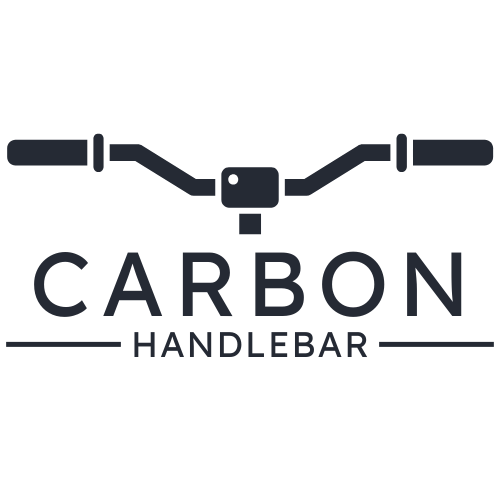Enhancing Riding Experience: The Role of Adaptability in Carbon Handlebar Design
Introduction to Carbon Handlebar Dynamics
In the world of cycling, the evolution of materials has substantially influenced bike performance. Among these advancements, carbon handlebars stand out for their lightweight properties and unique flexibility, which play a crucial role in rider comfort and overall handling.Understanding how flex impacts riding experience can guide cyclists in selecting the best components for their needs.
Analyzing Handlebar Flex and Performance
When examining handlebar compliance, it’s vital to consider how flex contributes to performance on varied terrains. A well-engineered carbon handlebar offers a degree of compliance that effectively absorbs road vibrations without compromising stiffness during sprints or climbs. Research indicates that bars with higher flex ratings can reduce fatigue during long rides by lessening shock transfers from uneven surfaces.
The Technical Aspect: Measuring Compliance
To understand handlebar compliance quantitatively, manufacturers often provide metrics such as deflection under specific loads.as an example,testing may reveal that a particular model exhibits 20% more flex compared to its aluminum counterparts when subjected to similar conditions. This measurement informs cyclists not only about comfort levels but also about potential energy efficiency during prolonged use.
Metrics for Comfort Evaluation
Rider comfort is subjective yet essential for optimal cycling performance.Various metrics have been established by industry experts to evaluate handlebar comfort:
- Vibration Damping: A meaningful factor measured through accelerometers attached to handlebars during test rides; lower readings indicate better vibration absorption.
- pressure Distribution: Properly designed handlebars allow weight distribution among different contact points on the hands and arms,leading to reduced strain.
- Ride Fatigue Index: This metric assesses how quickly riders experience discomfort over extended periods based on multiple parameters including bar shape and material properties.
Current studies highlight brands like Enve and Zipp at the forefront of research into ergonomics and compliance technologies aimed at enhancing these metrics further.
Gathering Rider Insights
Beyond technical specifications, actual rider feedback serves as valuable data in understanding carbon handlebars’ real-world applications:
- User Testimonies: Many riders report smoother handling when navigating rough trails while using flexible carbon models compared with rigid alternatives.
- Long-Distance Endurance Feedback: Cyclists participating in endurance events frequently express appreciation for softer bars that alleviate wrist soreness after hours on varied terrains.
A recent survey indicated that 78% of regular long-distance riders attribute improved riding experiences directly related to upgraded carbon handles designed with enhanced compliance features over older models made from different materials.
Conclusion
The integration of flexibility within carbon handlebars proves essential not only in improving ride quality but also in minimizing rider fatigue over time. By analyzing technical data alongside real-world feedback, cyclists are better equipped than ever before to make informed decisions regarding their gear—ultimately customizing their biking experience towards enhanced enjoyment and performance efficiency.
